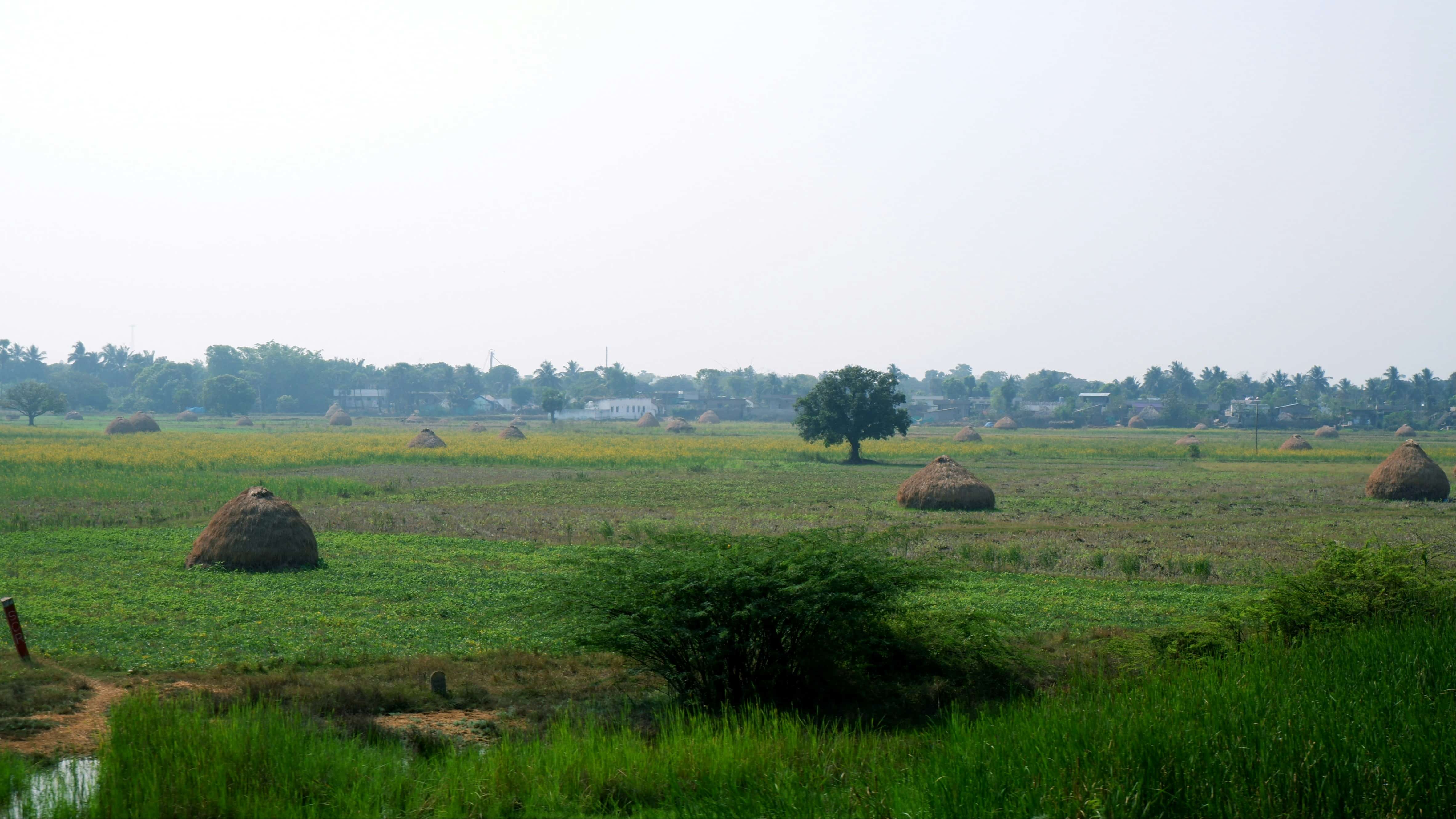Key Takeaways:
- Innovative Farming Method: The Art of Living introduces multilayer cropping, maximizing land use by cultivating multiple crop layers vertically.
- Enhanced Productivity: This method promises the output of five acres from just one, significantly increasing agricultural efficiency.
- Environmental Benefits: Natural farming techniques and a reduction in chemical use contribute to sustainable farming practices.
- Economic Advantages: Reduction in labor costs and increased crop yield provide substantial economic benefits for farmers.
Introduction
At The Art of Living International Centre in Bengaluru, a new era of agricultural productivity has begun under the guidance of Gurudev Sri Sri Ravi Shankar. The center has implemented an advanced farming method known as multilayer cropping, which significantly enhances output by utilizing vertical and horizontal crop placement within a single acre.
Concept and Implementation
Multilayer Cropping Explained
Multilayer cropping involves growing various crops at different heights to optimize space and resource use effectively. For example, at ground level, turmeric is grown, above which fenugreek thrives, succeeded by layers of bitter gourd vines, ivy gourd, and topped by papaya trees reaching up to 15 feet. This strategy not only maximizes space but also mimics a natural ecosystem that supports various plant species simultaneously.
“Each layer is carefully selected to complement the others, which minimizes interference and maximizes yield,” explains an agricultural specialist at the center. The vertical stratification allows delicate crops like fenugreek to flourish under the shade provided by taller crops, thus mitigating the stress of harsh environmental conditions.
Benefits of Multilayer Cropping
- Space Efficiency: It uses the vertical dimension to cultivate more crops in the same area.
- Reduced Labor Costs: The dense planting scheme suppresses weeds, significantly cutting down the need for manual weeding.
- Natural Pest Control: The use of green nets and natural pesticides like Neemastra reduces reliance on chemical insecticides by up to 80%.
- Sustainable Practices: Incorporates Jeevamrut and Vermicompost to enhance soil health without harmful chemicals.
Economic and Environmental Impact
Cost-Effectiveness
One of the primary advantages of multilayer cropping is its cost-effectiveness. The method reduces labor costs associated with weeding and maximizes land use, which can quintuple output from a given tract of land. “Farmers can achieve the yields of five acres on just one acre, dramatically increasing profitability,” a project manager noted.
Sustainability
This method significantly reduces the need for chemical inputs, lowering environmental impact and enhancing the sustainability of farming practices. The natural canopy formed by taller crops protects lower ones, reducing water evaporation and further conserving resources.
Future Prospects and Educational Initiatives
Scaling and Innovation
The Art of Living is actively exploring ways to include more layers and varieties of crops in multilayer cropping systems. “We are testing the viability of adding sixth and seventh layers to increase yield further,” said a research coordinator at the center.
Training and Empowerment
Through its educational programs, The Art of Living aims to train farmers in multilayer cropping, equipping them with the skills needed to implement these methods on their farms. These initiatives are designed to spread the knowledge and benefits of this innovative farming technique, potentially transforming agricultural practices on a global scale.
Photo by Vizag Explore on Unsplash



1 Comment